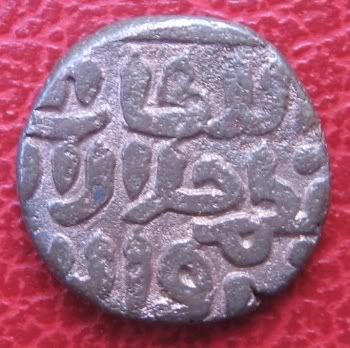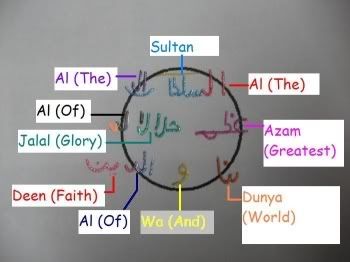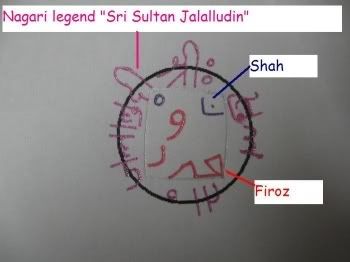His election was so unpopular that he did not even reside in Delhi. Instead, he lived in Kaiqubad's palace in the village of Kilokhri, a short distance outside. His administration is criticized as having been too lenient. On one occasion, 1000 thugs (cheats) were arrested in Delhi, but instead of punishing them Firoz ordered them to be transported through boats to Gaur, the captal of Bengal, where they were set free. Only on one occasion did he exercise capital punishment. The person executed was a holy man by the name of Sidi Maula, whose death was followed by a dust storm and a severe famine. People believed these events to be a result of the saint's curse on the sultan.
In 1294, ‘Ala’ al-Din Muhammad, Feroz's nephew and son-in law, obtained his permission for leading an expedition into Malwa. But he went much further, plunging into the heart of Deccan, keeping his movements concealed from the court. He marched through Berar and Khandesh and compelled Ramachandra, the king of Deogiri and the Western Deccan, to surrender Ellichpur. ‘Ala’ al-Din collected vast amount of treasure and showed no disposition to share it with his sovereign. His treasonable intentions were clear to everybody except his doting uncle and father-in-law Firoz, who closed his ears to all warnings and behaved like a person infatuated. Ultimately, Jalal al-Din was persuaded to place himself in the power of his nephew at Kara in the Allahbad district. When the sultan grasped the traitor's hand, the signal was given. He was thrown down and decapitated. His severed head was stuck on a spear and carried round the camp.
Obverse Al-Sultan Al-Azim Jalal Al-Dunya Wa Al-Deen (The Sultan, the greatest one, the glory of the world and of the faith)


Reverse Inside central square (in Arabic): Firuz Shah. In margin (in Nagari): Sri Sultan Jalaludin


(Ref. R966, Goron D200, Tye 414.1)
Break-up of the inscription:
Obverse

First line: Alif+Lam=Al
Sin (medial)+Lam+Toe+Alif+Nun (detached form)=Sultan
Alif+Lam=Al
Second line: Ain (initial)+Zoe+Mim=Azim
Jim+Lam+Alif+Lam=Jalal
Alif+Lam=Al
Da (of Dunya)
Third line: Nun+Ye (medial form)=Dunya
Waw=Wa
Alif+Lam=Al
Da+Ye+Nun=Deen
Reverse

Fe+Ye+Re+Waw+Ze=Feroz
Shin (initial form)+Alif+He (detached form)=Shah









No comments:
Post a Comment